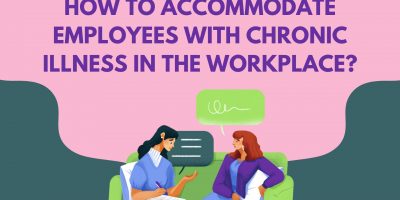
How to Accommodate Employees with Chronic Illness in the Workplace?
Beyond legal compliance, accommodating chronic illness in the workplace has become a strategic tool for companies to control costs and improve employee well-being.

Care is an essential factor in the child’s physical and emotional development, especially during the formative years. The environment in which the child is nurtured creates positive and negative predispositions in later adulthood. Therefore, we collected the most prominent data on the subject:



Browse our curated list of vendors to find the best solution for your needs.
Subscribe to our newsletter for the latest trends, expert tips, and workplace insights!

Beyond legal compliance, accommodating chronic illness in the workplace has become a strategic tool for companies to control costs and improve employee well-being.

Are you doing enough to support employees with chronic conditions, or are rising healthcare costs and absenteeism quietly impacting your bottom line?

Revolutionize your understanding of healthcare with telemedicine statistics, offering insights into the transformative impact of virtual care on patient satisfaction, accessibility, and the future of healthcare delivery.

Imagine knowing the exact cost of your healthcare services upfront. The Healthcare Price Transparency Act promises just that.
Used by most of the top employee benefits consultants in the US, Shortlister is where you can find, research and select HR and benefits vendors for your clients.
Shortlister helps you reach your ideal prospects. Claim your free account to control your message and receive employer, consultant and health plan leads.